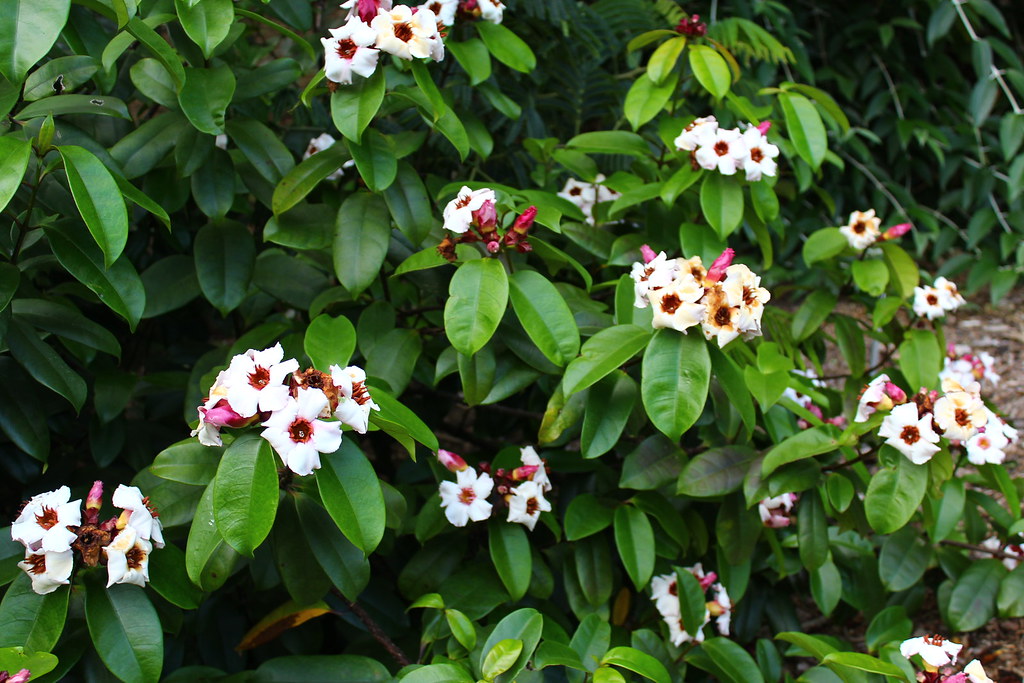Indeed, I've heard antimachus described as being "the most poisonous butterfly in the world", though I'm not sure how this title was arrived at. I assume that at some point, someone has extracted the toxin from a specimen to calculate an estimate of the potential harm that would be done to a predator if it consumed one of these butterflies.adamcotton wrote: ↑Wed Feb 08, 2023 9:40 pm Yes, that is correct to my knowledge. Not only are the larvae of both species unknown but also the food plants. These two species are not actually closely related to each other. Adults of Papilio antimachus are known to store poisonous carotinoids, presumably derived from whatever plant the larvae feed on.
Adam.
Surely, some of the large Ornithoptera species, such as O. goliath, must contain comparable amounts of their own sequestered poisonous compound (aristolochic acid)?






